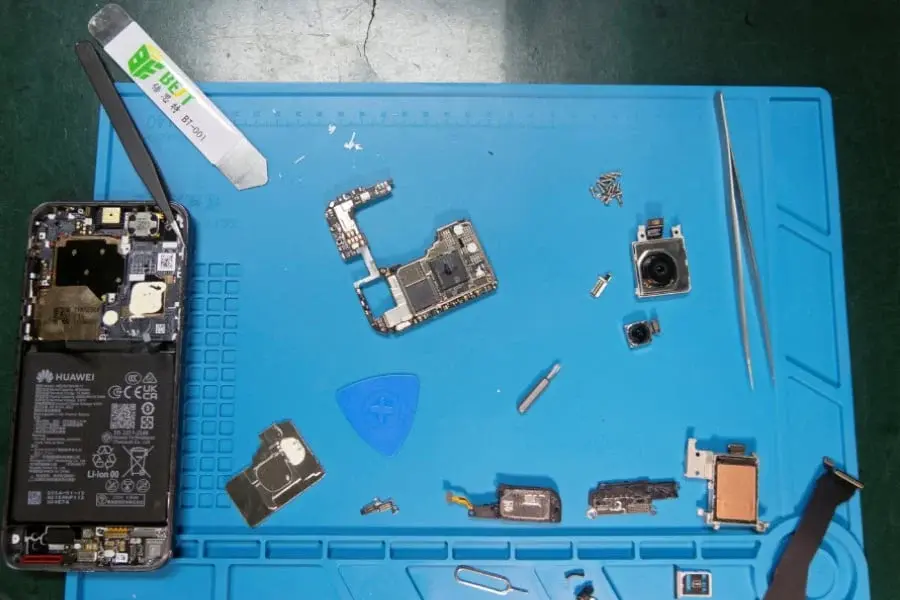While the initial reports suggesting that Huawei Pura 70 phones have 90% of their components sourced from Chinese suppliers were inaccurate, TechInsight’s latest analysis points out that these phones indeed boast a notable quantity of locally sourced semiconductors.
Significant Local Sourcing
TechInsights' analysis indicates that a majority of the components in the Pura 70 series are of Chinese origin. The base model of the Pura 70 series exhibits the highest dependency on Chinese parts, with 33 out of 69 components sourced domestically, as opposed to just five from non-Chinese suppliers.
The Pura 70 Ultra stands out for using memory exclusively from Yangtze Memory Technologies Corporation (YMTC), which is a leading NAND memory producer in China and is currently under US sanctions.
“The ratio of Chinese-procured components was higher in the standard Pura 70 than in the Pro Plus model,” stated Stacy Wegner, an analyst at TechInsights.
HiSilicon Kirin Chips and US Sanctions
An earlier TechInsights analysis disclosed that the HiSilicon Kirin chips powering the Pura 70 series are produced by Semiconductor Manufacturing International Corporation (SMIC), China’s largest chipmaker. This aligns with the production process used for Mate 60 chips, all employing the same 7-nanometer technology.
Huawei’s shift towards reduced reliance on foreign manufacturers is a notable achievement for the company, especially given the stringent restrictions imposed by the US.
Recently, the US revoked chip export licenses for Huawei from Qualcomm and Intel, further constraining access to these products. However, analysts suggest that this move will have a minimal effect on Huawei’s operations, citing the company’s existing capabilities in producing 4G and 5G chipsets for various phone models.
Future Outlook for Huawei
“We don’t expect the revoked licenses to significantly affect Huawei’s smartphone business in 2024,” commented Linda Sui, a senior analyst at TechInsights.


Leave a Reply